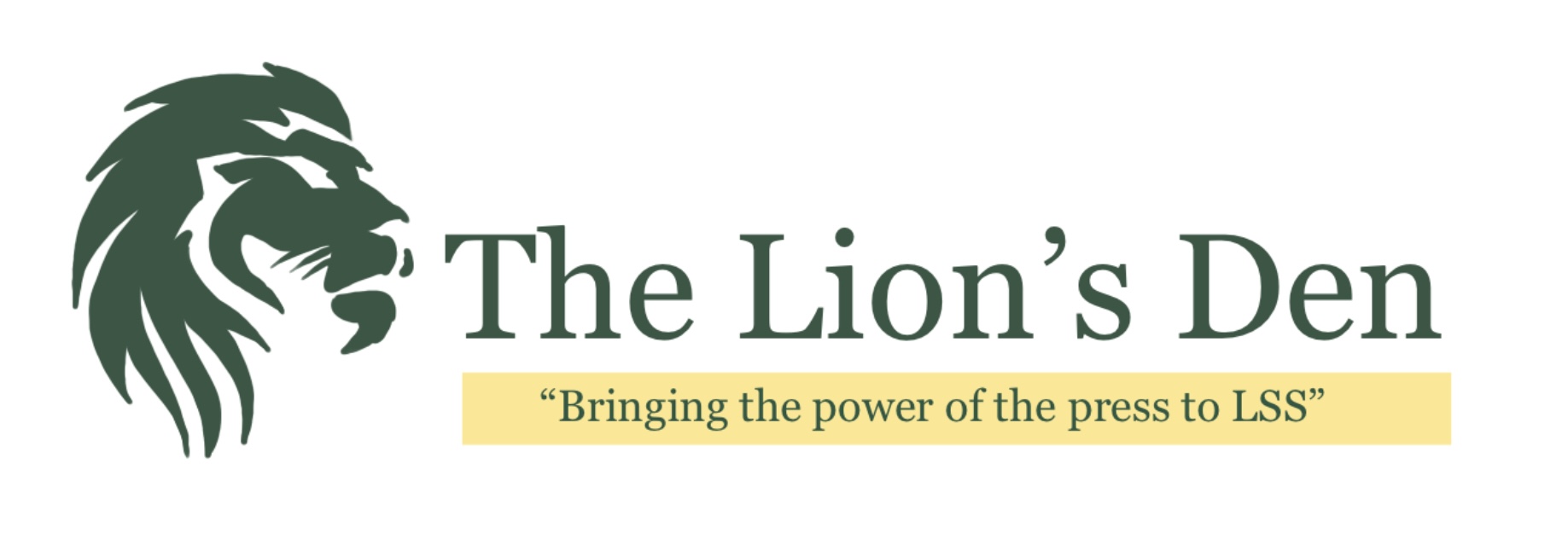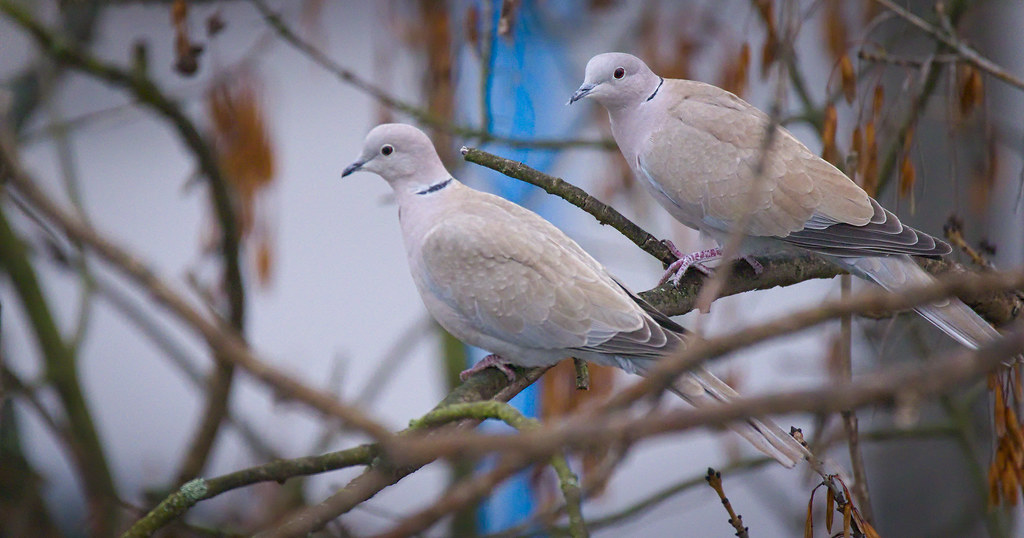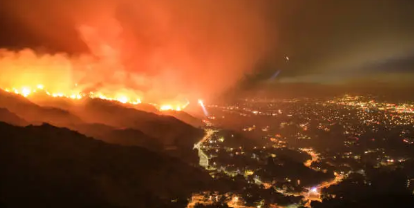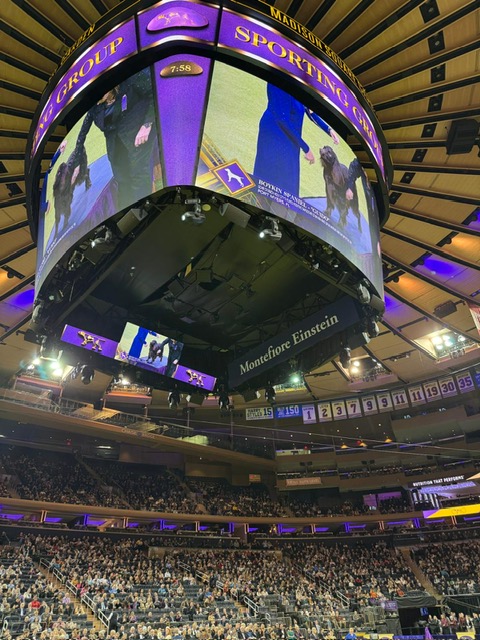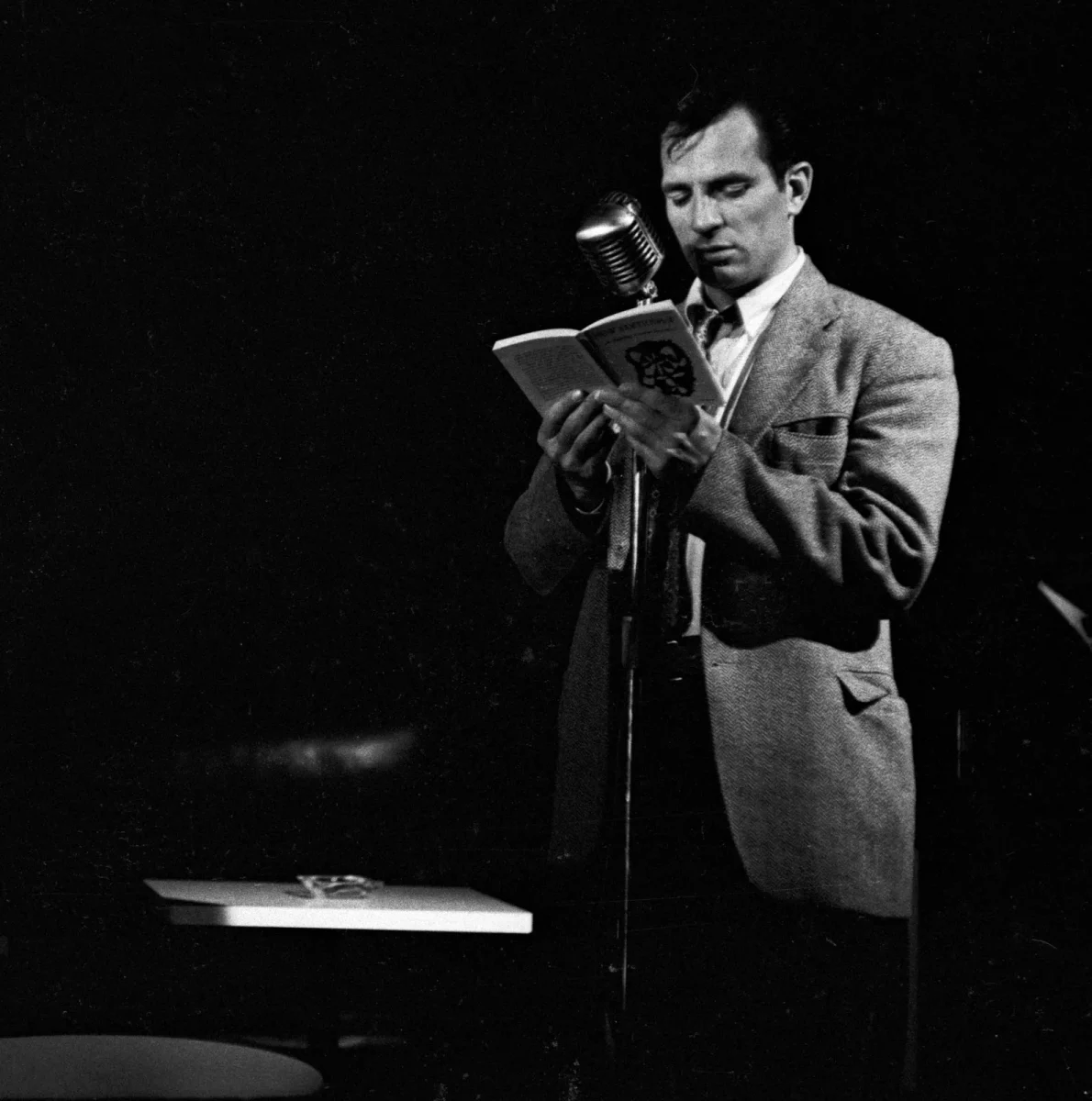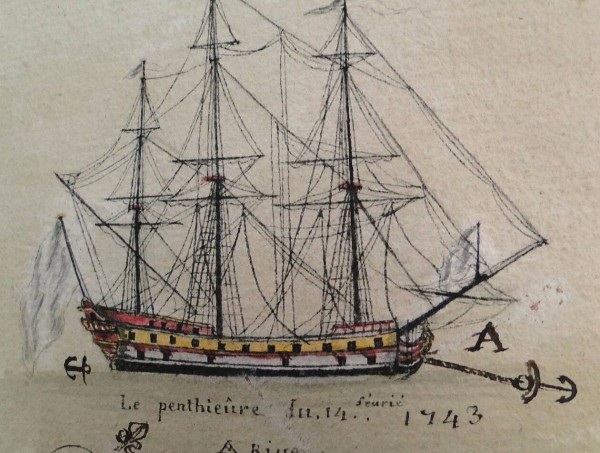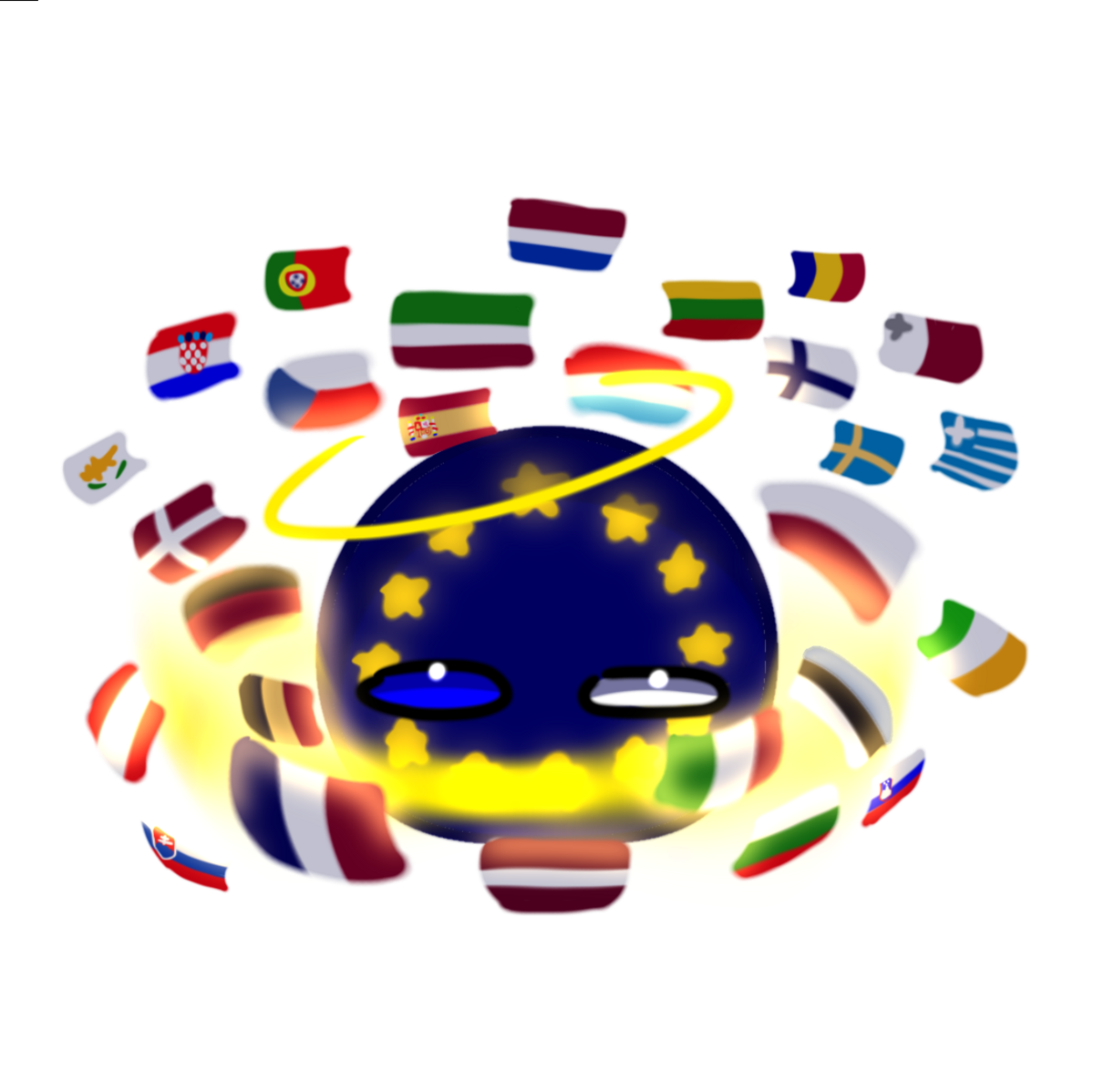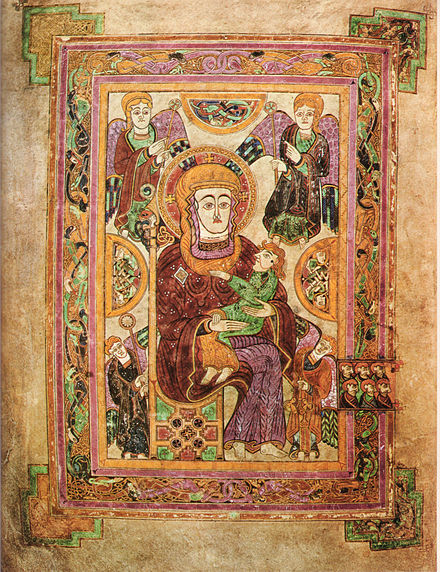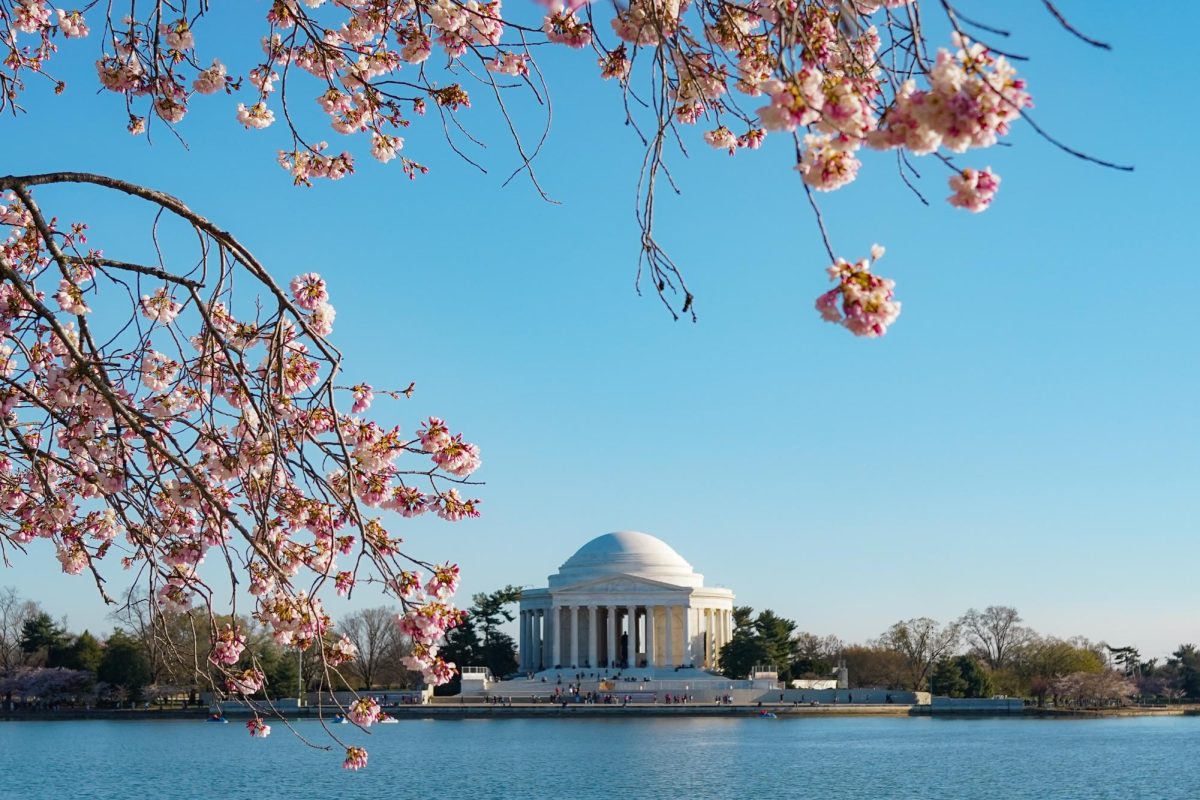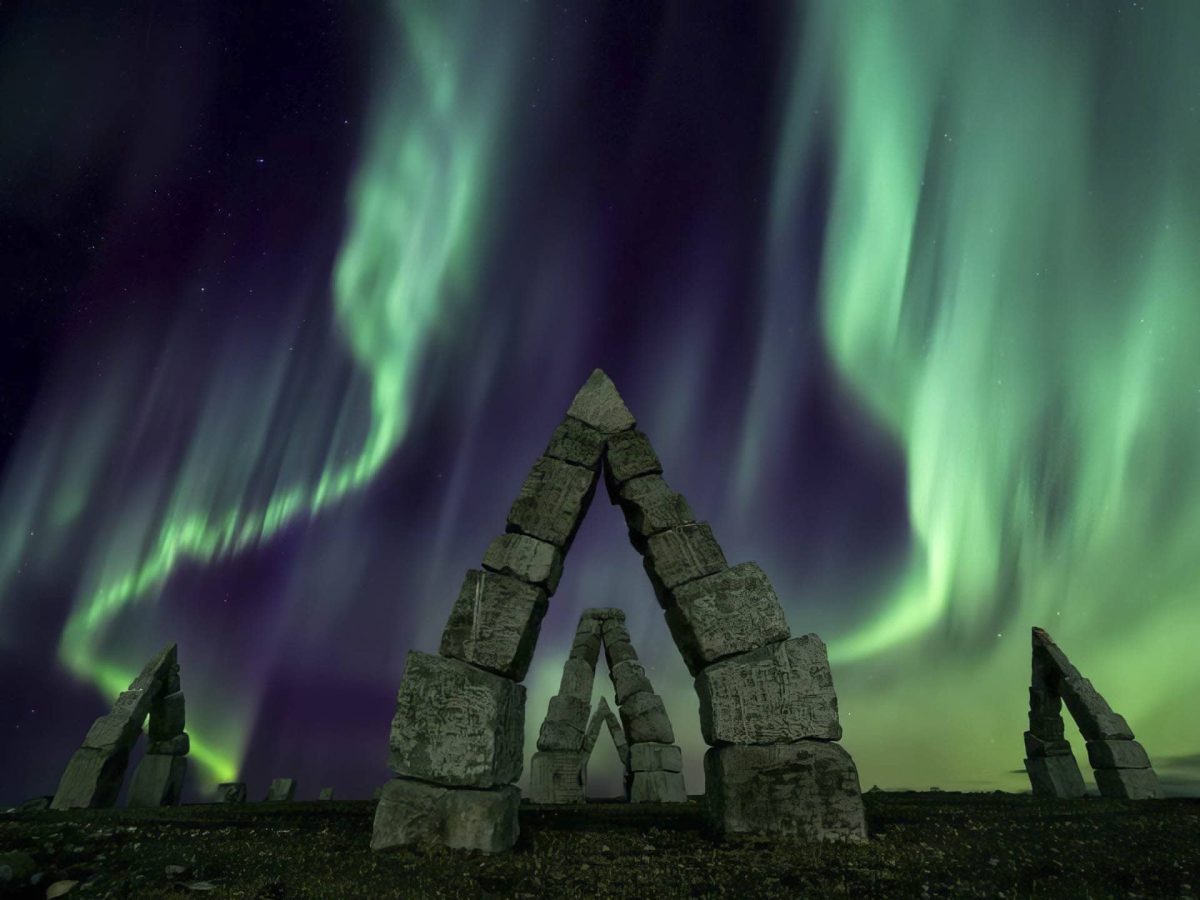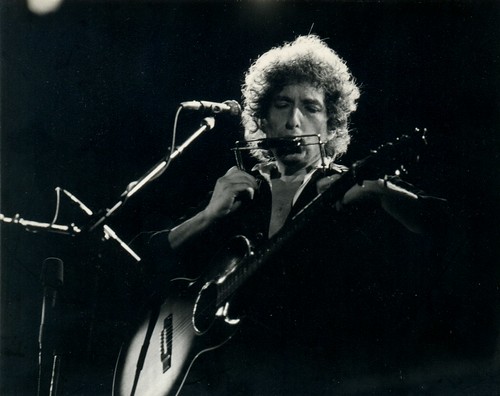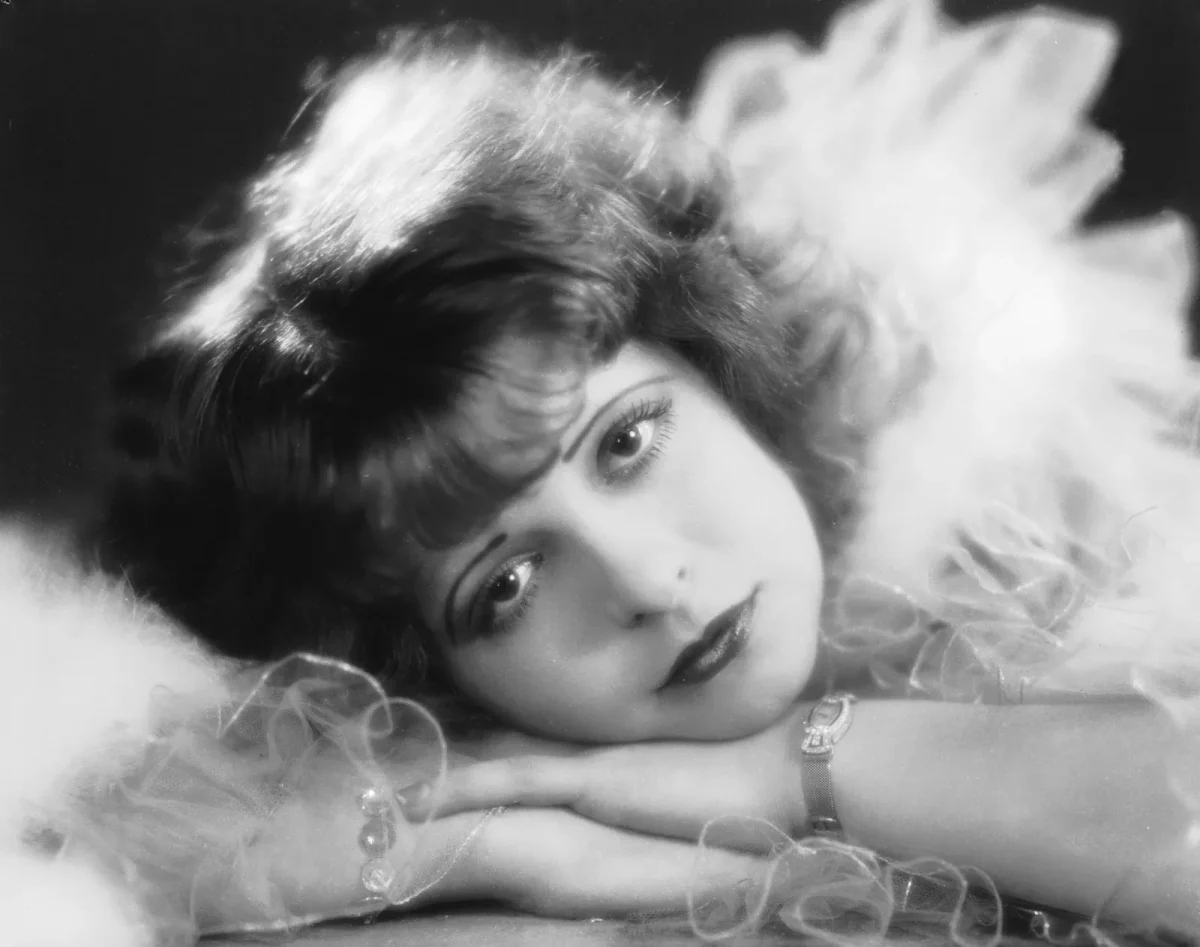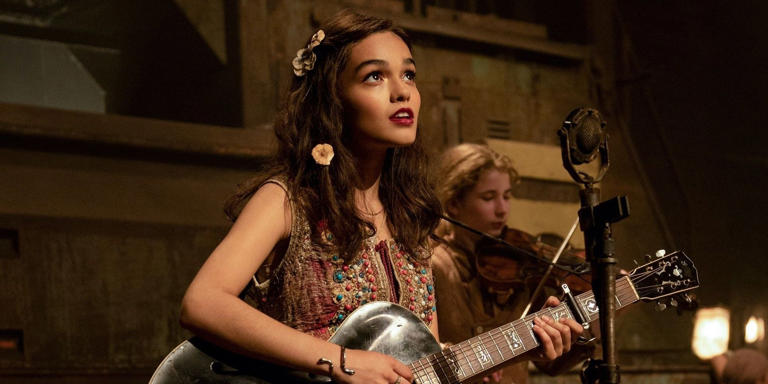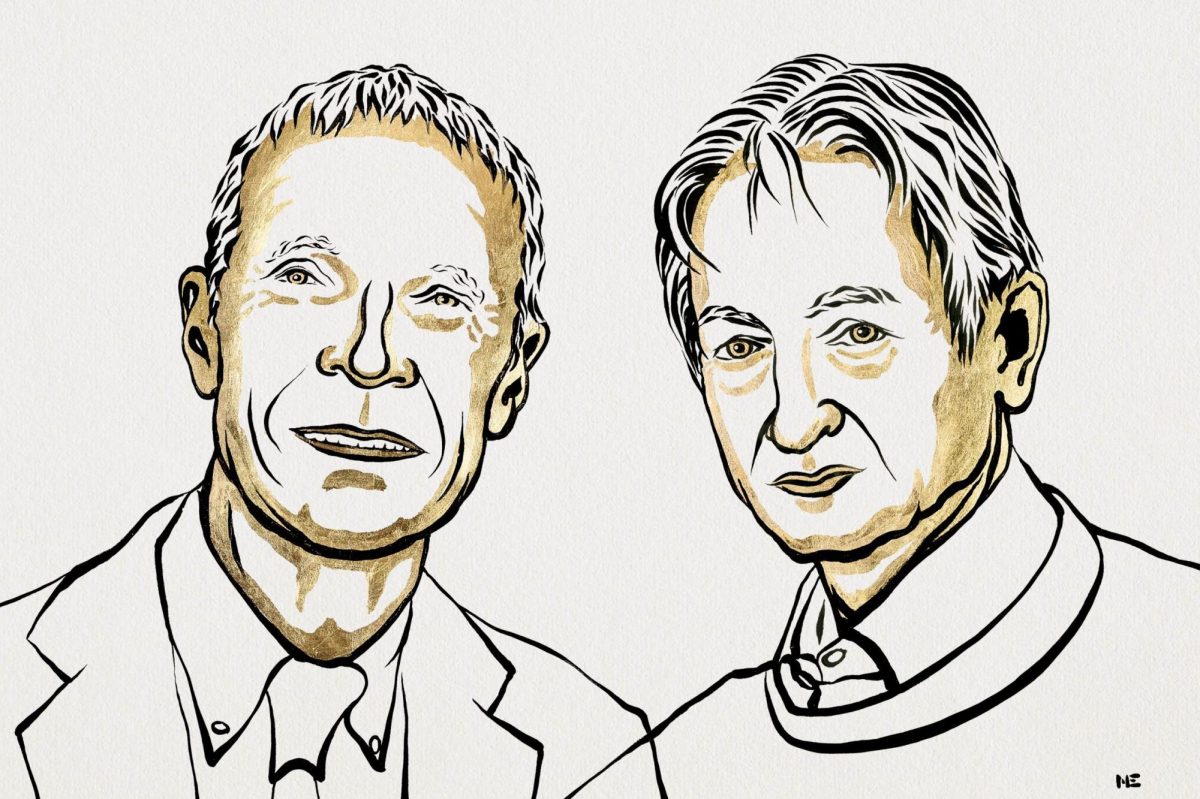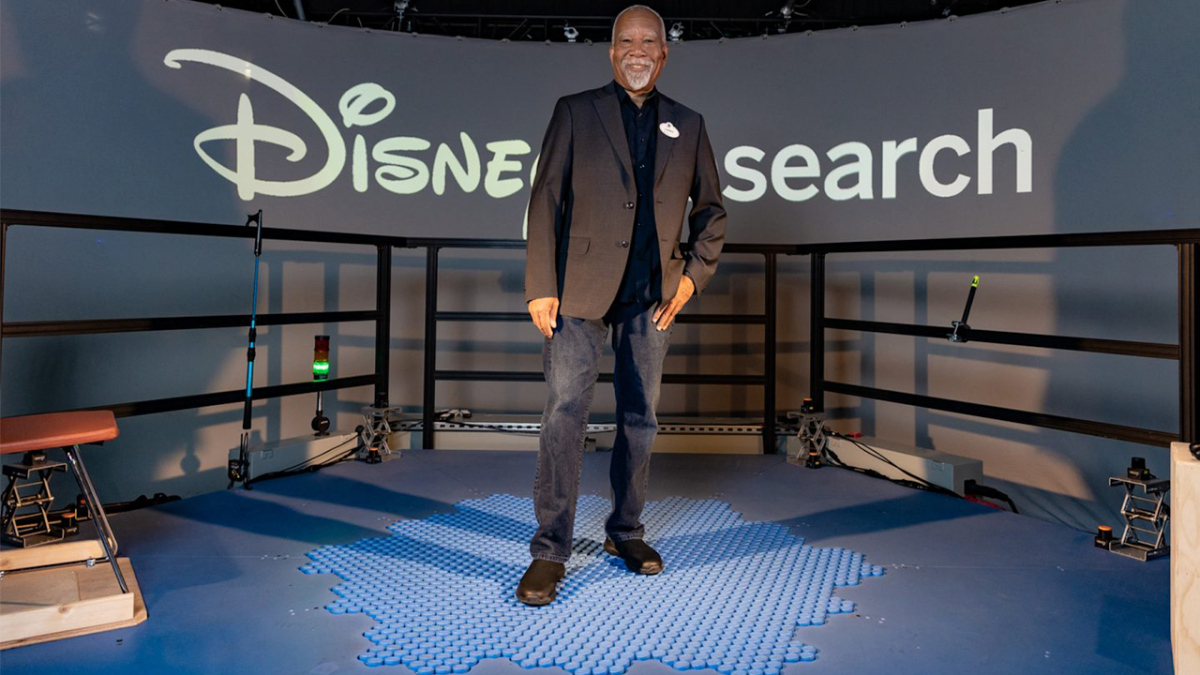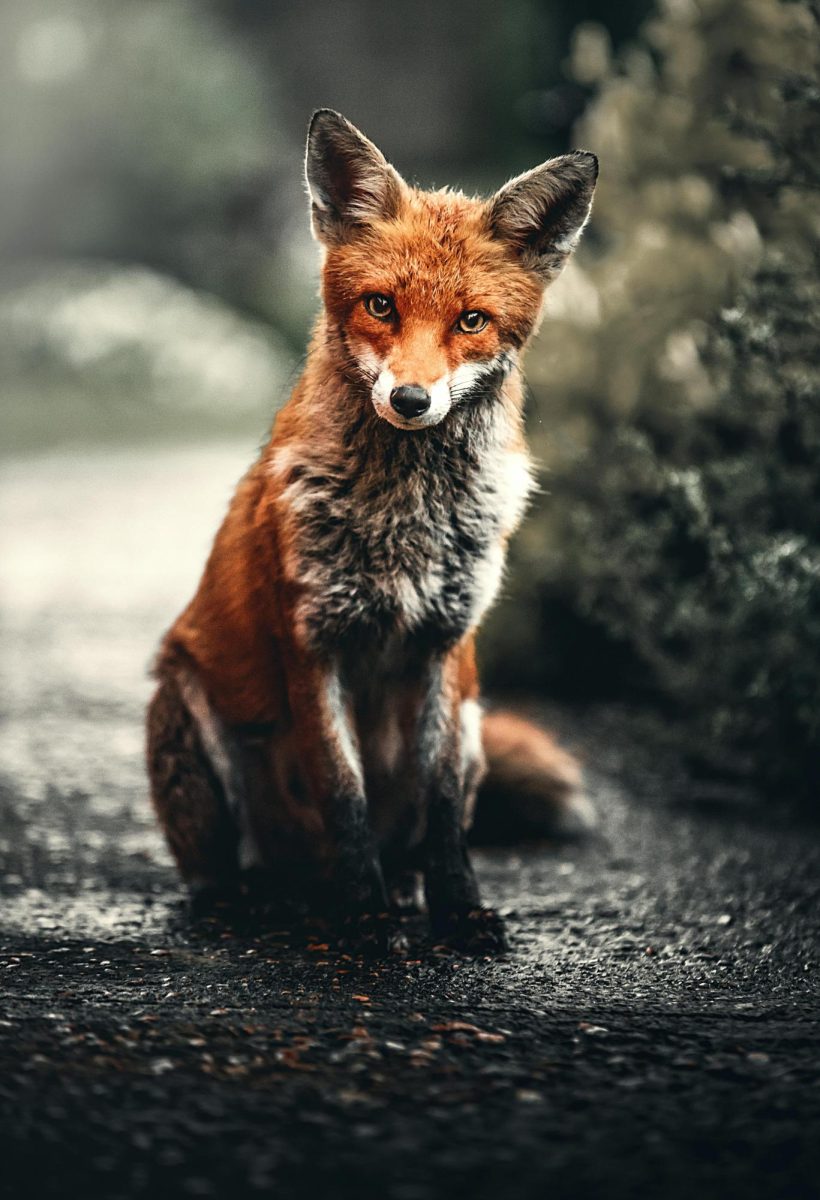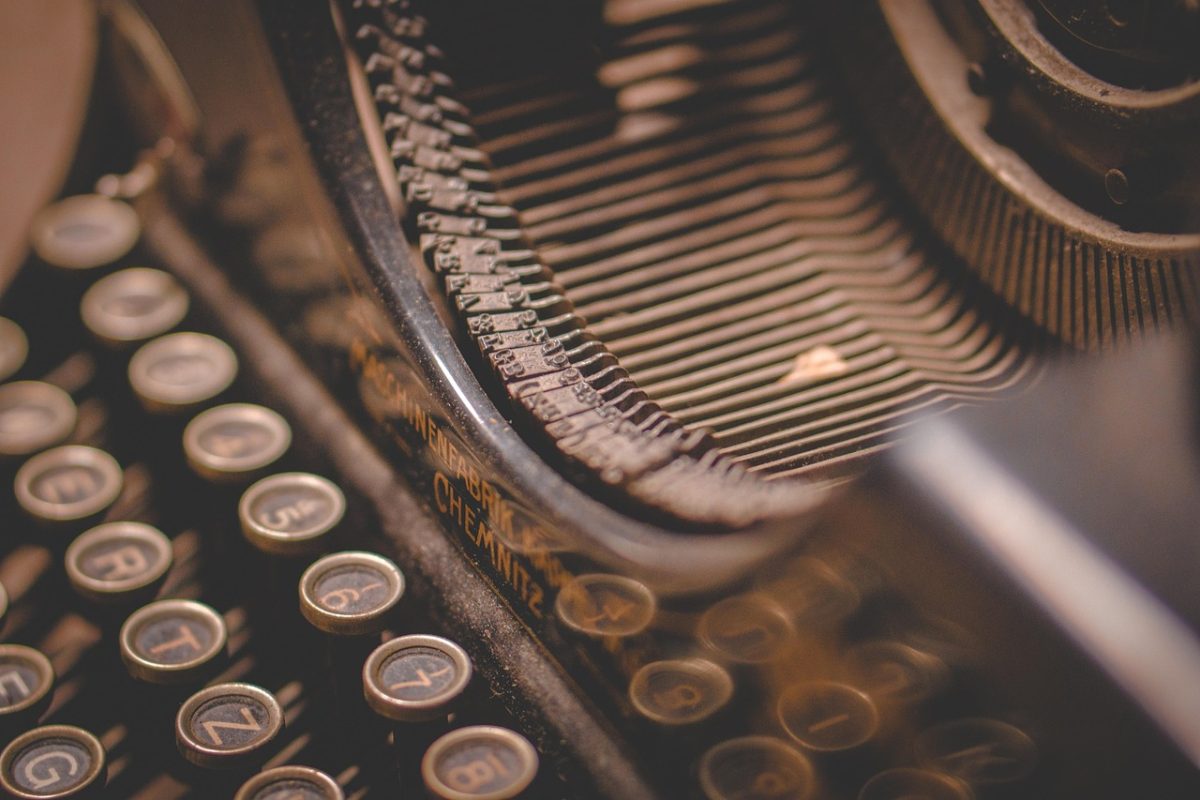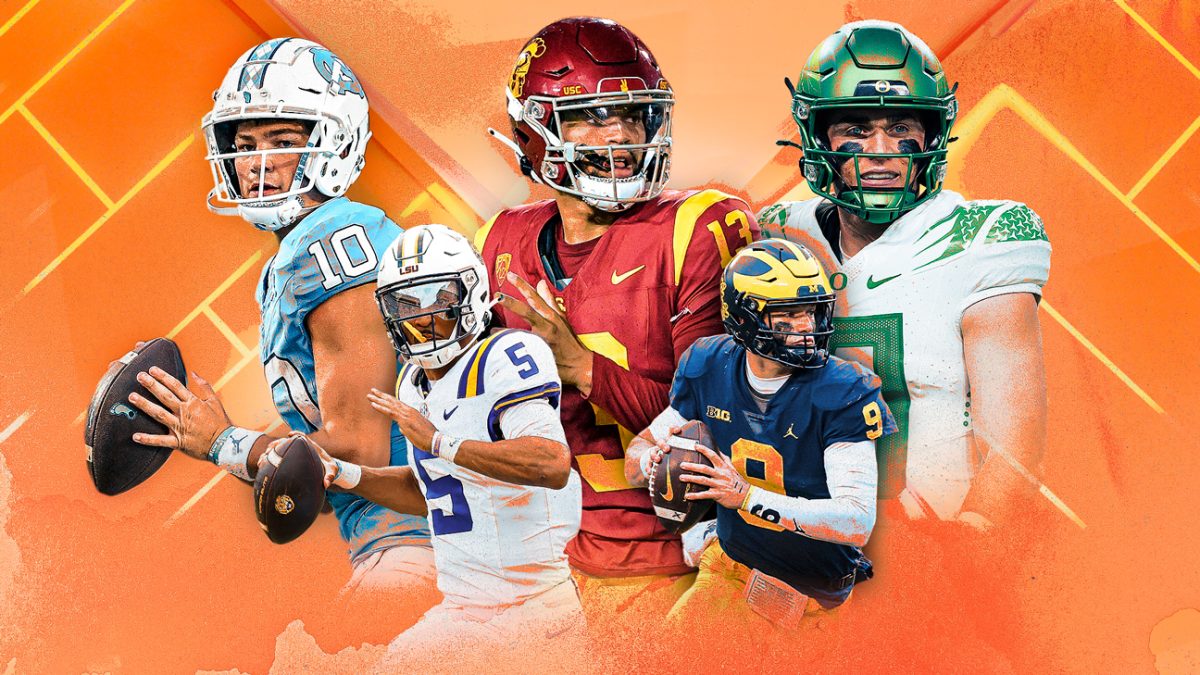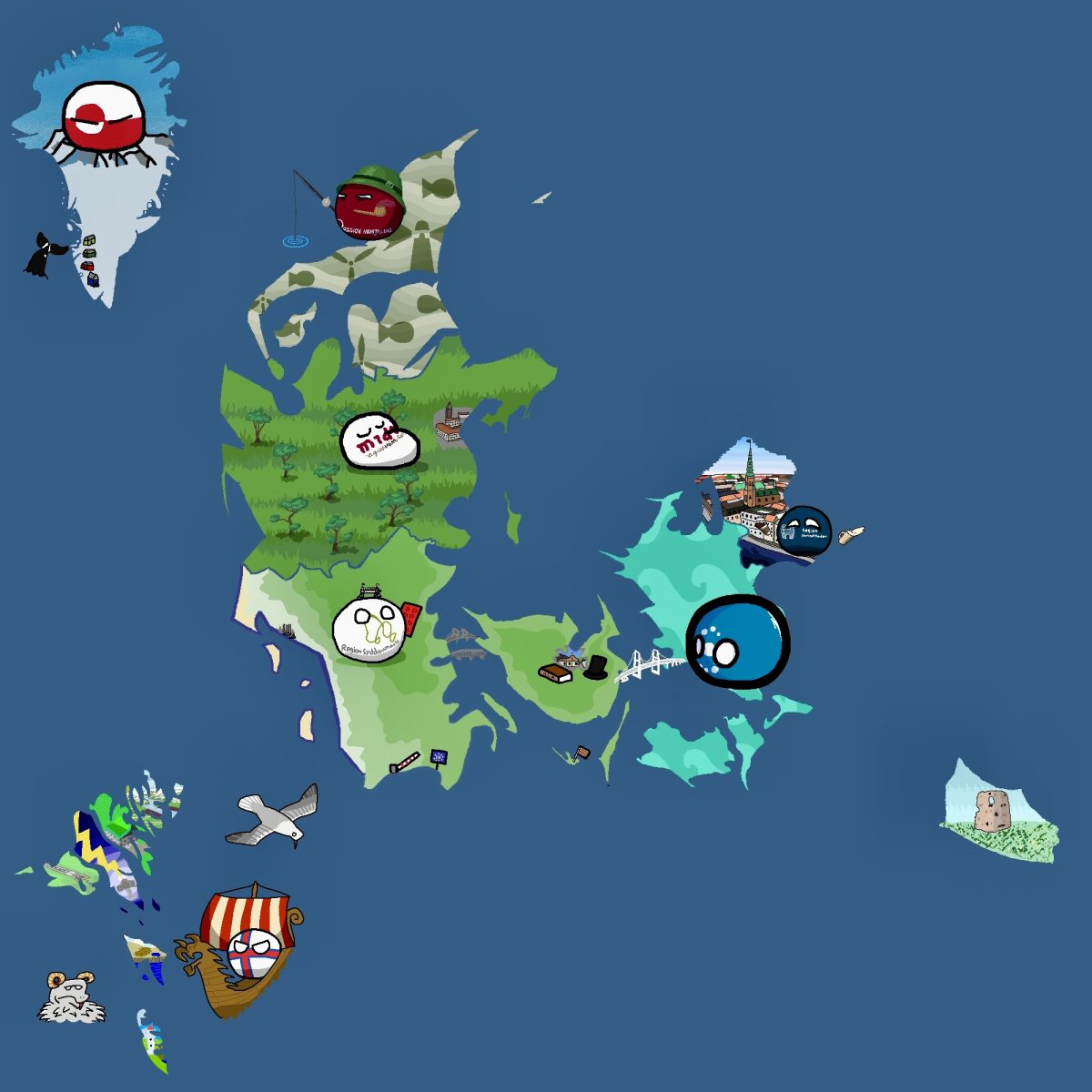I’m in a marathon. Not an actual marathon, of course, but a more intellectual marathon to finish school as efficiently as possible, one course at a time. I have almost finished Creative Writing and World Mythology, and I am plunging into English and Drama. As you can imagine, I’m submerged in work, and I have no time for holidays! Still, another fact about me is that I, along with my parents, are dog lovers. As such, we couldn’t help but follow the most important event of the American four-footed world: the Westminster Kennel Club Show, which is the largest dog show in the United States and is held each year at the New York Metropolitan area.
My parents went to see the show in person. Even if I couldn’t travel with them, I still researched the club and was struck by the engaging ways in which this otherwise regular sports event intertwined with U.S. (and indeed world) history.
This story begins in New York, United States, in 1877. This is one of the most significant periods in history, the Second Industrial Revolution and people at that time certainly felt some kind of energy in the air. The light bulb had not been invented, with candles the only light for families who wanted to stay up late. Horse-drawn carriages swarmed the streets, the horses’ hooves clomping on the dusty roads, as cars had not been invented. Even so, the United States was a crucible for vast social, technological, and economic changes, both positive and negative: great wealth concentrated in a few hands even as great poverty spread among millions of people, railway networks and factories all over the country fueled westward expansion even as they destroyed Indigenous peoples’ societies, innovating technologies were spreading even as the remnants of old political system clung to the South. In short, Charles Dickens’ description of the French Revolution as “the season of Light, the season of Darkness” would not have been out of place for this period, too.
And amid all this whirlwind, a group of affluent gentlemen began meeting regularly in a hotel in Manhattan, called Westminster, to discuss a much simpler worry: who had the best hunting dog? These individuals all had a hobby of going on hunts with their dogs, and they frequently used the hotel’s bar as a place to discuss their experiences while on hunts. The most important argument was, of course, their hunting dogs, and they often argued over who had “the best” dog. At one meeting, they decided to resolve the question by setting up a dog show at the hotel: each hunter brought their dog, and they hired an external judge to compare the dogs and choose the show’s winner. They kept the show in Gilmore Garden (where the current Madison Square Garden now lays), and it was a massive success, involving 1, 201 dogs.
While it was likely meant as a one-shot show, this success convinced the organizer to make it an annual event. They created a club at the hotel, bought a kennel and a training area, hired a trainer, and placed their dogs there. When it came to giving a name to the show, they chose the hotel’s name, because it was its birthplace.
Over the next few years, the closing decade of the 1800s, the event was attended by several important actors on the global stage of the period, key individuals from the economic, political, and cultural realms all drawn by their interest in dogs. In the first show, two Deerhounds belonging to Queen Victoria of England participated, as did a Borzoi (once known as Siberian Wolfhound) bred by Alexander III, The Czar of Russia. The Kaiser (emperor of Germany) Wilheim I sent another Borzoi the following year. American banker J.P Morgan followed suit a number of times with Collies. Nelly Bly, one of the first women journalists in the U.S., best known for exposing and driving reform on dismal conditions of psychiatric asylums, competed at the show with her Maltese dog.
It was precisely to manage such an expansive and important event that the American Kennel Club was eventually founded. Its cornerstones were laid in 1877, when the people who organized the first show joined with members of the Kennel Club of Philadelphia to craft a series of rules and guidelines for the shows, along with establishing a board to reinforce these rules. This early organization, initially only known as “The Board of Directors”, was the prototype of the American Kennel Club, which was formally established in 1884. It later went on to become one of the largest registries for dog pedigrees in the world. The show, and the club managing it, knew a long and troubled history. They were maintained across two world wars and the Great Depression, along with the Cold War. Today, the Westminster Kennel Club Show is one of the oldest sports events in American history still continuing. While you may not think of a dog show as a sport, it does require a lot of exercise on the part of the dogs and their owners.
In the modern days, the show is still held over a couple of days each February. Dogs are enlisted by their owners and breeders. All dog breeds registered in the American Kennel Club are eligible to participate. To be able to participate, a dog must already be a champion in another competition overseen by the American Kennel Club. The competition itself takes place across several stages. In the very first stages, dogs within each breed compete with dogs of the same breed. Eventually, in each breed, a dog is selected by a panel of judges as the Best of the Breed. In the following round, the selected Best of the Breed will compete with Best of the Breeds from other breeds. These competitions are overseen by seven judging groups, which are organized based on why the breed was developed. First example, one group focuses on hunting dogs, another on guardian dogs, another on toy dogs (kept for company), and so on. The winner of these competitions is known as the “Best in Show.”
The enduring popularity of this show throughout the entire second half of the history of an entire country is a testament to the bond between human beings and dogs, as well as the ways in which this bond has intersected with wider history.
